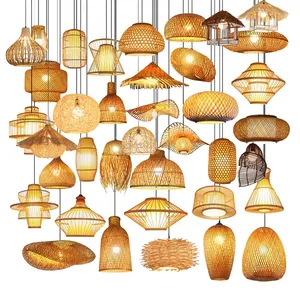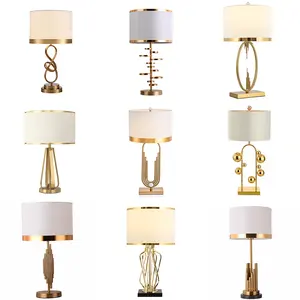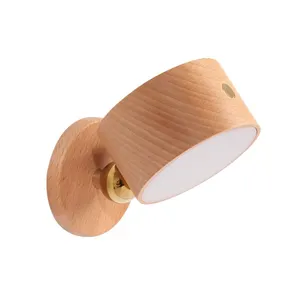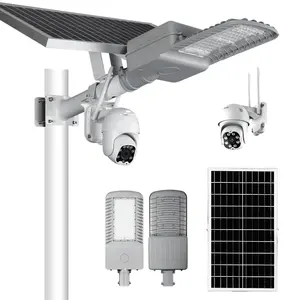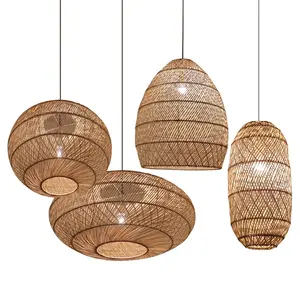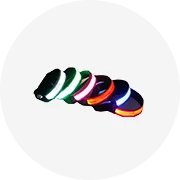Popular in your industry




































SMD5050 Led Strips DC12V Addressable Smart RGB Strip Light WS2811 WS2814 WS2815 SMD5050 Aluminum Hotel Light Strings 7.2 W 10mm4.9/5.0·27 reviews·"professional service"
Ready to Ship
$1.79 - $3.12
Min. Order: 5 meters
Shipping per piece: $2.25






rgb led strip light rgbw 12v 24v ce rohs cob rgb led strip
$2.50 - $3.50
Min. Order: 100 meters
4.9/5.0·91 reviews·"customer service"- 51%






U L Certification WS2815 waterproof led smd 5050 rgb 12V addressable led strip4.9/5.0·26 reviews·"fast delivery"
Ready to Ship
$2.67 - $21.26
Min. Order: 2 rolls
Shipping per piece: $8.17






Banqcn Rgb Rgbw Rgbww Rgbcct COB LED Strip DC24V 16W/m strip lights manufacturer cob led strip rgbww 24v4.8/5.0·31 reviews·"arrived quickly"
Ready to Ship
$5.87 - $6.05
Min. Order: 100 meters
Shipping per piece: $10.45






High Quality Cheap Price 12V 5 Meters 270 Pieces 5050 SMD Smart RGB LED Strip Light/LED Strip
$2.99 - $3.49
Min. Order: 500 pieces
4.7/5.0·124 reviews·"Excellent service"



2PIN 8mm IP20 SMD 2pin connector single color led strip4.9/5.0·15 reviews·"great service"
Ready to Ship
$0.30 - $0.50
Min. Order: 10 meters
Shipping per piece: $3.53


SMD 2835 120 Leds/m 3000K LED Strip 8mm Tape width 80Ra IP20 waterproof 2835 led strip light
$0.59 - $0.98
Min. Order: 200 meters
4.8/5.0·26 reviews·"Good Service"





Cheap Price High Voltage 7W/m 220V 120leds/m IP67 LED Tape 2835 Led Flexible Strips
$1.20 - $1.55
Min. Order: 100 meters
5.0/5.0·11 reviews·"Great service"

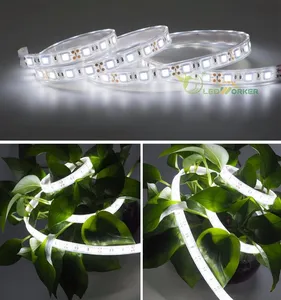



DC 5V 12V 24V SMD COB 2835 5050 IP65 IP67 Waterproof LED Strips 6W 9W 14W CCT Warm White RGB RGBW Flexible LED Strip Light5.0/5.0·16 reviews·"Good supplier"
Ready to Ship
$2.00 - $2.50
Min. Order: 20 meters
Shipping per piece: $2.48






COXO mini ultra thin cob led strip 3 Years Warranty Ra90 5mm 4mm 3mm cob led strip mini ultra thin
$1.68 - $2.20
Min. Order: 200 meters
4.9/5.0·41 reviews·"fast shipping"





CCT SMD2835 Bicolor led strip 2in1 3000K+6000K double color led strip
$1.90 - $2.20
Min. Order: 20 meters
5.0/5.0·2 reviews





UL Listed Decoration 12V 24V 528 LEDs Per Meter Dot Free led cool white strip Waterproof COB LED Strip
$4.50 - $4.80
Min. Order: 100 meters
4.1/5.0·9 reviews·"quick service"





Outdoor waterproof and fireproof IP68 flexible led strip
$10.00 - $15.00
Min. Order: 1000 meters
5.0/5.0·1 reviews·"excellent customer service"





Waterproof 5050 cob led rgbw strip Cob RGBW 24V 12V cob rgb strip
$9.00 - $11.00
Min. Order: 1 meter
5.0/5.0·2 reviews·"Good service"





High voltage Waterproof 20m 50m 100m 110v 120 220v rgb led strip
$0.80 - $1.15
Min. Order: 50 meters
4.9/5.0·19 reviews·"Great supplier"





High lumen 24V waterproof smd 5050 rgb LED strip with thermal casing waterproof
$3.50 - $4.00
Min. Order: 2 meters
5.0/5.0·7 reviews·"customer service"





Led Strip High CRI SMD 2835 7.2W Outdoor Waterproof Durable Flexible Led Strip
$1.60 - $1.80
Min. Order: 5 meters
0.0/5.0·0 reviews









65.7ft LED Lights Strip Waterproof White & Warm White 2400 Units SMD 5730 LED Indoor/Outdoor Use, Decorative Lighting0.0/5.0·0 reviews·"customer service"
Ready to Ship
$0.95 - $1.25
Min. Order: 40 meters
Shipping per piece: $1.89






S-Model waterproof led light strip 7S14P 5630 led flexible strip lights IP65
$2.49 - $4.99
Min. Order: 50 meters
5.0/5.0·1 reviews·"Nice supplier"





DC12V/24V Smart 5 in 1 Multi Color SMD 5050 RGB+CCT Optional DMX512 Control Flexible LED Strip
$1.87 - $2.05
Min. Order: 100 meters
4.9/5.0·6 reviews·"quick delivery"





E-commerce Supplier Rgb 5050 2835 Ws2812b Flexible Waterproof Home Decoration Lamp Smart Led Light Strip
$19.90 - $32.00
Min. Order: 5 meters
4.6/5.0·45 reviews·"great service"




WS2815 2811 30/60/144leds/m Flexible full color Light 12V addressable rgb led strip
$1.20 - $5.00
Min. Order: 200 meters
4.9/5.0·103 reviews·"good service"





Surmountor IP65 Waterproof Dotless Flexible COB Led Strip 320led CRI90 Wall Ceiling Decoration0.0/5.0·0 reviews·"Nice packaging"
Ready to Ship
$2.10 - $2.20
Min. Order: 250 meters
Shipping per piece: $0.75






ws2813 RGB with WS2811 IC (3-led/pixel) DC 12V Digital RGB LED Strip
$2.50 - $2.60
Min. Order: 20 meters
4.6/5.0·21 reviews·"fast service"





High light efficiency 120lm/W 7leds/cuttable 24dc CE/RoHs certifications white flexible PCB LED Strip
$0.90 - $3.62
Min. Order: 2 meters
5.0/5.0·2 reviews





Flexible Soft COB Led Light Strips 528 Leds per Meter 3000K
$3.14 - $3.40
Min. Order: 500 meters
4.8/5.0·9 reviews·"Arrived quickly"Top categories
About 7.5mm led strip
151 7.5mm led strip products are offered for sale by suppliers on Alibaba.com, of which led strips accounts for 8%, smart strip lights accounts for 3%.
A wide variety of 7.5mm led strip options are available to you, such as onsite metering, agi32 layout and dialux evo layout.You can also choose from 2835, 7.5mm led strip,As well as from yes, no 7.5mm led strip, and whether 7.5mm led strip is pvc, copper, or plastic.
